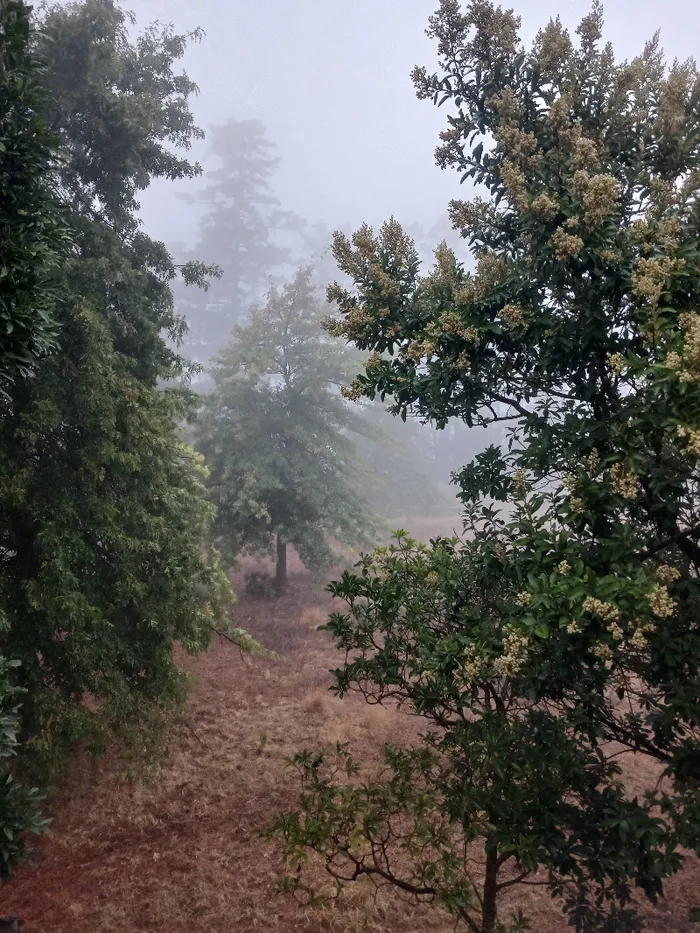Seeds of hope...

Glorious Autumn gardens Autumn gardening in the Boland and Helderberg
Image: Staff reporter
When we plant trees we plant the seeds of peace and the seeds of hope...
These words from Wangari Maathai, a Nobel Peace prize winner, a fearless woman of Africa and profound environmentalist, became the catalyst for her ‘Green Belt movement’ which eventually changed the lives of the people of Kenya.
Her call to plant trees as a poverty alleviation program, to empower women and to encourage people to be more environmentally aware, earned her the Nobel Prize in 2004.
These words are as powerful today as they were then, and maybe it is time for South Africans to follow her lead. Autumn is the perfect time; when the landscape is abundant with vibrant colour and the harvest is ready.
From now on, for gardeners it is a busy and creative time. You need to plan ahead, and plant for the Winter and Spring, whether it is adding to an existing garden, renovating one, or just beginning.
We begin with tree selection, as their placing will anchor your design and how it will flow. Your selection is based on several considerations.
From the perspective of design, you can use trees to evoke a specific mood or function; an area where you intend to plant shade loving perennials, recreate a little forest in your garden, or an alfresco entertainment area.
The garden size dictates how many you should use. It is very important to take this into consideration. Trees that are planted too close together, will after some years be hindered by this proximity and overcrowding.
The species that are selected must be able to survive the climatic conditions, full sun, wind, frost in winter and water availability. We all have our favourite trees, and it is often difficult not to use this as a criteria when making a selection.
Apart from providing shade, there are other benefits that can be gained by planting trees and a specific selection for different areas of your landscape. The roots of trees can help to introduce air into the soil, and assist in promoting healthy soil communities.
On sloping ground, the roots can reduce the fast flow of water that cause serosion, and in contaminated soils, specific tree types eg Willow, are used in a process known as phytoremediation – the aim bein to remove, degrade or stabilise pollutants from soil or groundwater by the use of green plants.
Trees are crucial for carbon capture andstorage through photosynthesis, and they attract and provide shelter for insects, birds andmammals. When the leaves of deciduous species fall in the Autumn, and remain, theirbreakdown feeds the soil, enabling an ecosystem for ground dwelling insects, reptiles, fungiand microbes.
All these natural processes result in the most important factor that landscapers, farmers and gardeners need to understand and practice. To enhance the growth cycle of all plants –cultivate a healthy soil.
In her definitive book Indigenous Plant Palettes, Marijke Honig advises “feed the soil, not the plants". Consider the following basic principles to build a healthy soil.
When preparing the ground, use the minimal disturbance rule – the ‘no dig’ premise. If the soil is hard, decompact it with a fork, do not dig down and turn over with a spade, as this will disturb the microbial activity.
Cover the soil with compost and mulch to prevent it from drying out. If you are beginning a new garden and the soil has been disturbed by building operations, remove as much of the debris as possible.
Start your soil building process with compost and add some Gypsum to improve soil structure. Once you have planted, add mulch and also some ground covers as ‘living mulch’. If possible, refrain from using chemical sprays to treat your plants.
Unnatural substances will disrupt the microbial activity. Your tree and plant selection must be made by considering your climatic zone and the amount of water you have available. Water is a precious resource and must be used judiciously.
Consistency is the key, resist altering your time due to rain, unless you know exactly how much rain has fallen .As I look out my window I see five tree species.
The Pin oaks are turning to their Autumn splendor, whereas the Ekerbergia is thick with dark green leaves. These seeds of hope are a beautiful reminder of the responsibility we too, must take, in ensuring their survival.
By respecting their needs, and planting more to repair the damage man has done. This was the action begun by Wangari Maathai, and the lesson for us to learn is to respect the environment.
* This article was written by Sue Hillyard, a regular Bolander contributor and landscape designer.